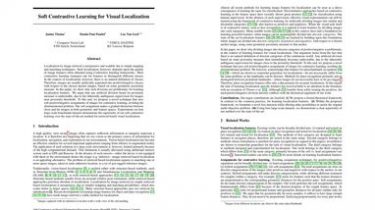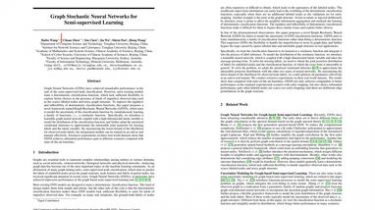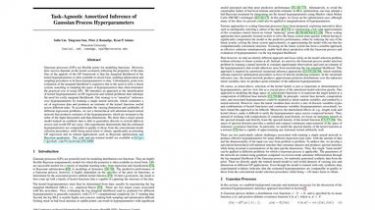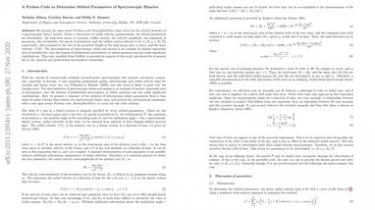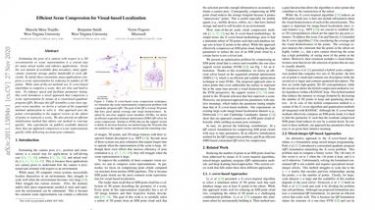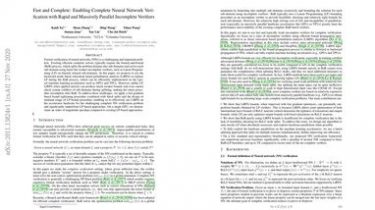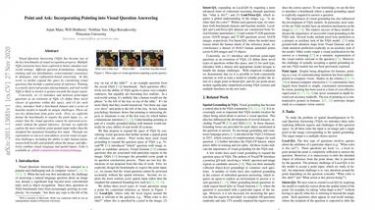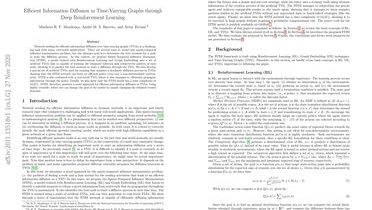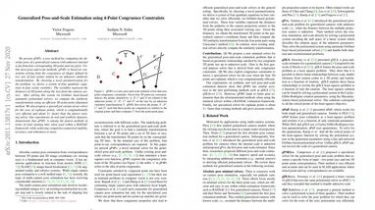Soft Contrastive Learning for Visual Localization
Localization by image retrieval is inexpensive and scalable due to simple mapping and matching techniques. Such localization, however, depends upon the quality of image features often obtained using Contrastive learning frameworks… Most contrastive learning strategies opt for features to distinguish different classes. In the context of localization, however, there is no natural definition of classes. Therefore, images are usually artificially separated into positive and negative classes, with respect to the chosen anchor images, based on some geometric proximity measure. In […]
Read more